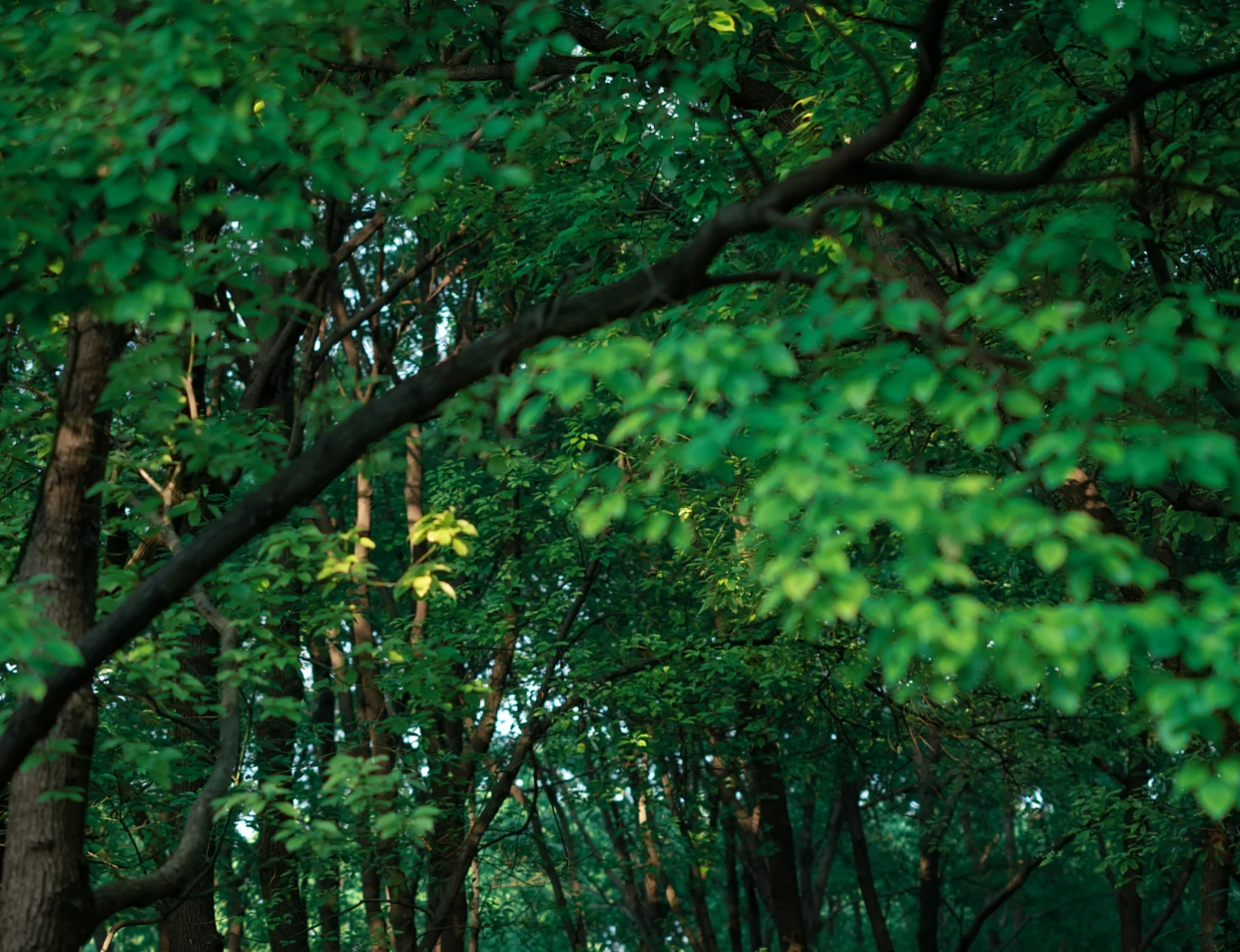Abstract
Recent decades have witnessed rapid urban expansion in China and the associated reduction in people’s access to natural outdoor environments (NOE), but whether access to NOE increases people’s subjective well-being (SWB) remains inconclusive in the high-density urban setting. This study aims to examine the association of access to NOE (green and blue spaces) with each component of SWB (life satisfaction, positive affect, and negative affect), using cross-sectional study data collected in 23 neighbourhoods in Guangzhou, China. It particularly focuses on how different measures of access to NOE (streetscape metrics derived from Tencent street-view data and satellite-derived metrics derived from land cover data) matter to relationships between NOE and SWB and the extent to which these relationships vary by individual socioeconomic status. Results from seemingly unrelated regressions (SURs) show that green view index and the amount of surrounding greenness are related to a lower level of negative affect, and blue view index and the amount of surrounding blueness are associated with more satisfaction with life. The amount of surrounding blueness is linked to a higher level of positive affect. Results from stratified analyses indicate that NOE-SWB associations are heterogeneous depending on individuals’ housing tenure, educational attainment, household registration status, and income. Our findings demonstrate that streetscape metrics and satellite-derived metrics capture different aspects of access to NOE, which are related to different components of SWB.

Q.E.D.









